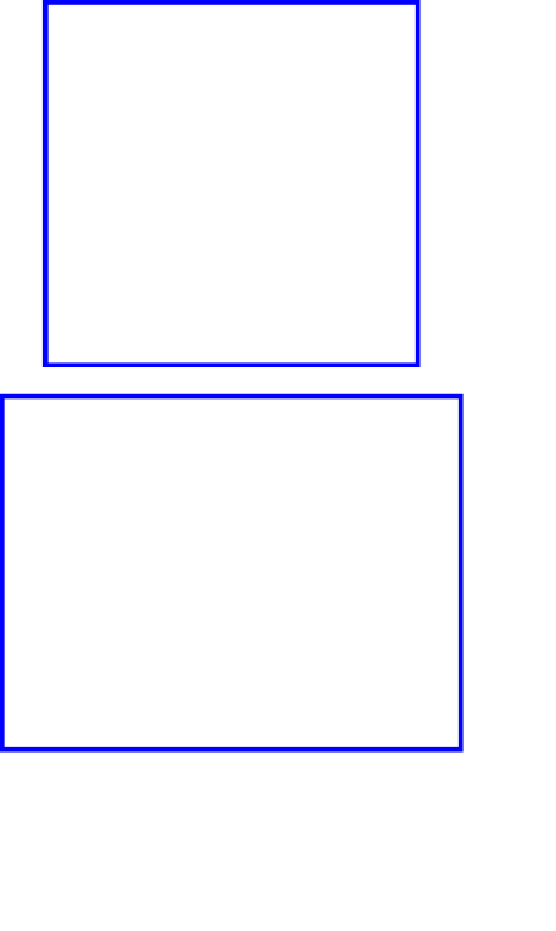Environmental Engineering Reference
In-Depth Information
creating a crown of treated material which repre-
sents a distribution surface, or ring, of the deepest
braces (something similar to the results of sprayed
concrete in a conventional tunnel). This also avoids
the possibility of many of the medium-sized blocks
falling and there is considerable improvement in
the alteration action by sealing a large part of the
joints found in the solid mass.
This treatment also enables treating, at least
partially, second-level instability even although
it is not considered as a complete guarantee of
treatment for all the second-level blocks, especially
those closest to the surface due to the limits of the
effective access of the resin to the surface of the
cavity.
The solution consisted in injecting high-vis-
cosity resin manually using rotational drilling in
a mesh ranging from 0.7 to 1 meter. These drills
were selected with the smallest possible diameter to
enable positioning the plug and cleaning the areas
in which the injected resin was released to the out-
side whether via the joints of the actual rock or via
the adjacent borings.
once the injection is finished, a fiberglass rod
with a diameter of 16 mm and a length of 1 meter
is positioned inside each hole by way of top-up
injection. as a last detailed action, the mouth of
the drill is concealed using mortar made using
the same injected resin mixed with stone from the
Jameos which is ground beforehand.
The type of bolt planned is made from fiber-
glass because of its increased durability over time.
This bolt is fully injected with epoxy-like resins
thus guaranteeing attaching it to the rock.
The mesh planned will be 2 × 2 meters which
means approximately between 8 and 10 bolts
located in every 2 meters of Jameos.
With the two treatments considered in previous
sections of this paper, complete treatment is given
to the first-level problems and partially to second-
level and third-level problems.
5.1.3
Improved stratum for anchoring the bolts
in the entrance area
The aim of this solution is to create an artificial
stratum of improved soil in the areas in which the
rock thickness in the keystone was considerably
reduced. it was considered that this treatment is
required up to a profile where the thickness of the
rock is practically 8 meters. The reinforcement is
intended to prevent, in the long term, the combina-
tion of various vertical and horizontal groups of
fracturing which could cause a large block to fall.
in the event of a block with such characteristics
becoming detached, the bolts would ensure that it
remained attached.
The objective of this treatment is to create an
artificial stratum to anchor the bolts and not, stric-
tly speaking, to create a flagstone-like structural
5.1.2
Solution type 1-B: Resin injections
and bolts of 25 mm
The treatment using long bolts measuring 4 m
was also planned to be implemented systemati-
cally reaching as far as the sidewalls of the cavern,
generally occupied by the lower unit of the massive
basalts with a scoriaceous-type band.
in order to perform the injections, during the
work phase it was recommended to position the
plugs fully into the mouth of each hole without
distribution panels being required which would be
more difficult to conceal.
Given these characteristics, the diameter of the
solid bar of 25 mm provides a working load of
170 kn and a weight which enables easily handling
the bolt.
With regard to the geometry of the bolting it
was recommended to have a maximum length of
4 meters in the areas where the rock was thick
enough. in this sense, the areas with weaker rock
require a special treatment directed at providing
the bolting with an artificial stratum to enable sub-
sequent anchoring to it.
















